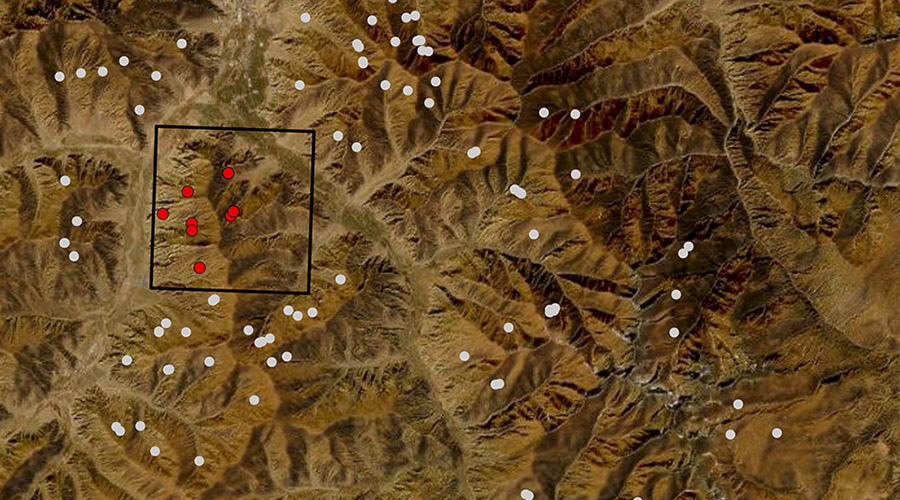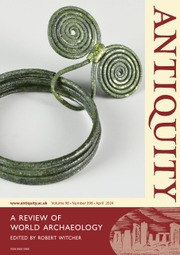No CrossRef data available.
Article contents
Exploratory surveys of prehistoric highland herding facilities in Tibet
Published online by Cambridge University Press: 22 May 2025
Abstract

Multidisciplinary research is deepening our understanding of high-altitude pastoralism on the Tibetan Plateau, but such studies also highlight a strong riverine bias in the location of excavated sites. In a move to address this skewing of the dataset, the authors propose the exploration of modern highland corrals with shovel testing and test excavations as a labour-efficient survey method, streamlined through the identification of potential sites from satellite imagery. Three prehistoric sites were successfully located using this method, the earliest dating to the first millennium BC, encouraging the reconsideration of current survey strategies in Tibet and other mountainous regions.
Information
- Type
- Method
- Information
- Copyright
- © The Author(s), 2025. Published by Cambridge University Press on behalf of Antiquity Publications Ltd

